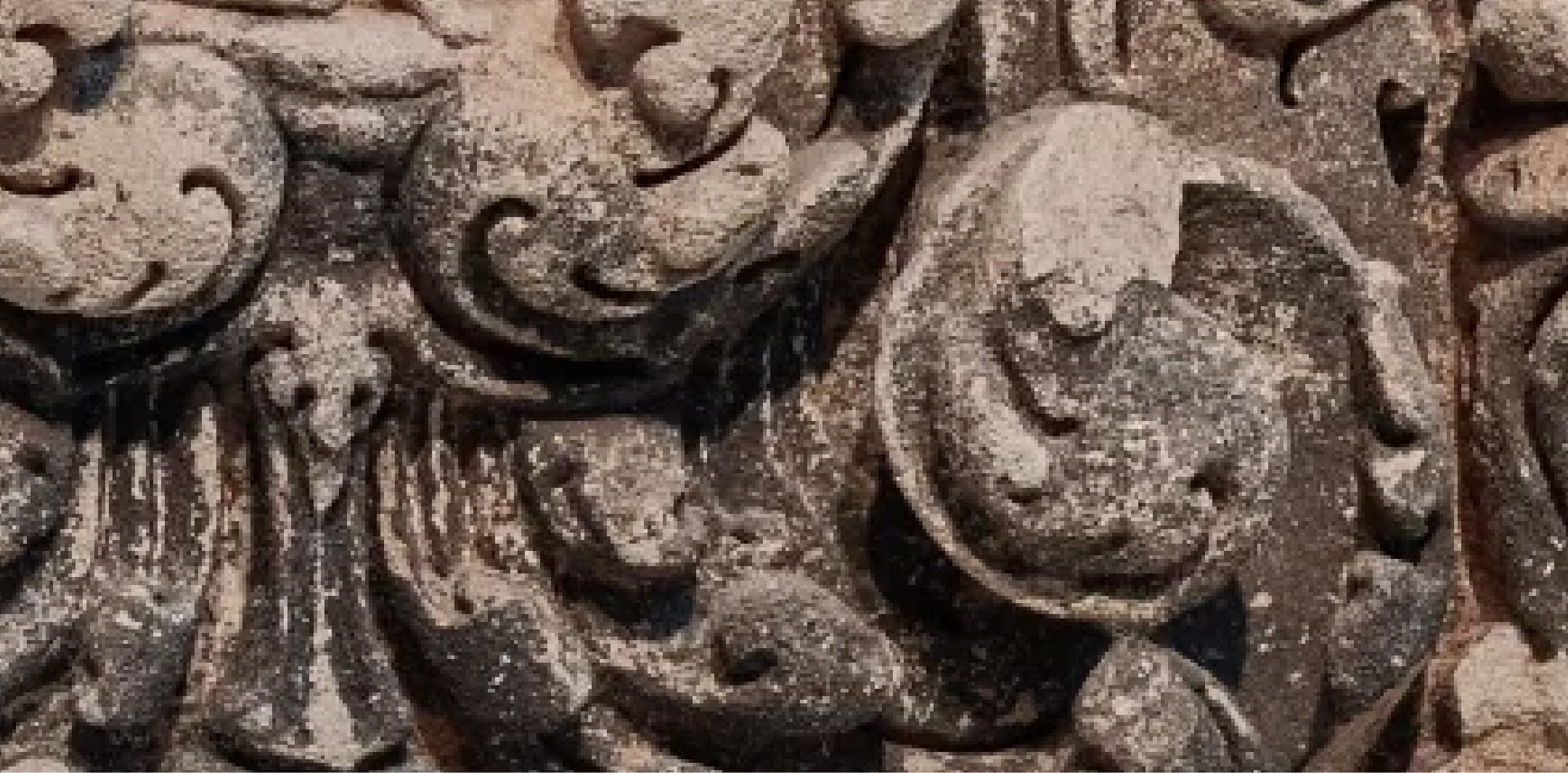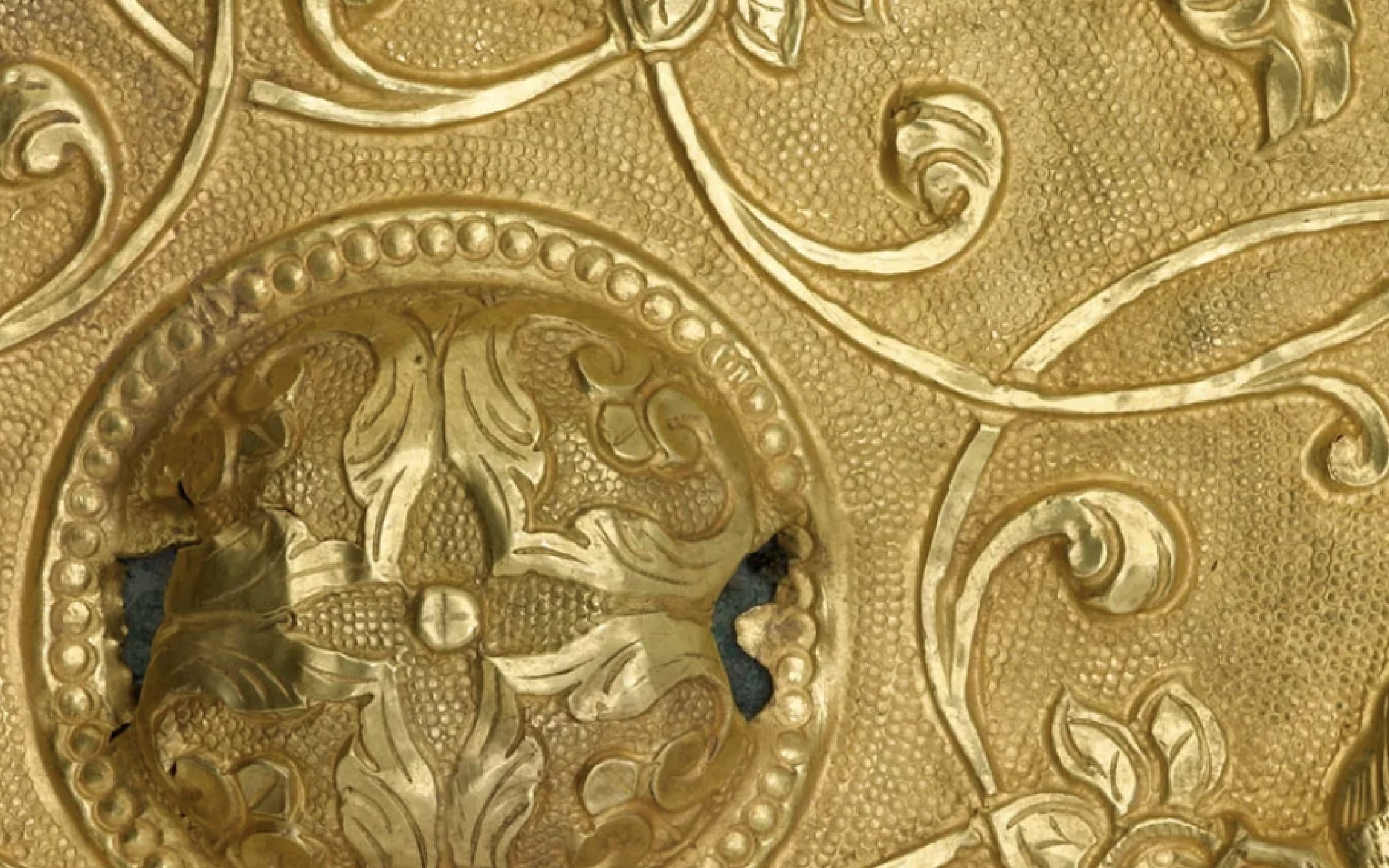Dish

Terms of Use
Usage Conditions ApplyAt A Glance
-
Period
1950-1959 -
Geography
Onta, Oita prefecture, Japan -
Material
Stoneware with white slip under clear glaze, iron glaze -
Dimension
H x Diam: 8 x 52.2 cm (3 1/8 x 20 9/16 in) -
Accession Number
S2010.35 -
EDAN ID
edanmdm:fsg_S2010.35
Object Details
-
Description
Clay: stoneware.Glaze: clear glaze over front, iron glaze on back, overlapping slightly at rim onto front of plate.Decoration: white slip applied beneath clear glaze.Mark: none.Box: none. -
Provenance
From early 1950s to 2010Mr. and Mrs. Victor Hauge [1]From 2010Arthur M. Sackler Gallery, gift of Mr. and Mrs. Victor Hauge in 2010Notes:[1]Curatorial notes: according to Taka Hauge in conversation in 2009, Victor Hauge bought this dish in the 1950s at an exhibition in Tokyo, during the time he was living in Japan. -
Collection
National Museum of Asian Art Collection -
Previous custodian or owner
Victor and Takako Hauge ((1919-2013) and (1923-2015)) -
Origin
Onta, Oita prefecture, Japan -
Credit Line
Gift of Victor and Takako Hauge -
Type
Vessel -
Restrictions and Rights
Usage Conditions Apply
There are restrictions for re-using this media. For more information, visit the Smithsonian's Terms of Use page.
The information presented on this website may be revised and updated at any time as ongoing research progresses or as otherwise warranted. Pending any such revisions and updates, information on this site may be incomplete or inaccurate or may contain typographical errors. Neither the Smithsonian nor its regents, officers, employees, or agents make any representations about the accuracy, reliability, completeness, or timeliness of the information on the site. Use this site and the information provided on it subject to your own judgment. The National Museum of Asian Art welcomes information that would augment or clarify the ownership history of objects in their collections.
Keep Exploring
-
Related Resources
-
Date
-
Name
-
Place
-
Topic
-
Culture
-
Object Type

